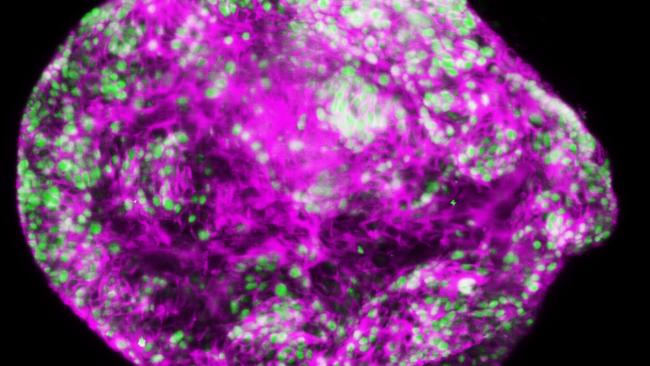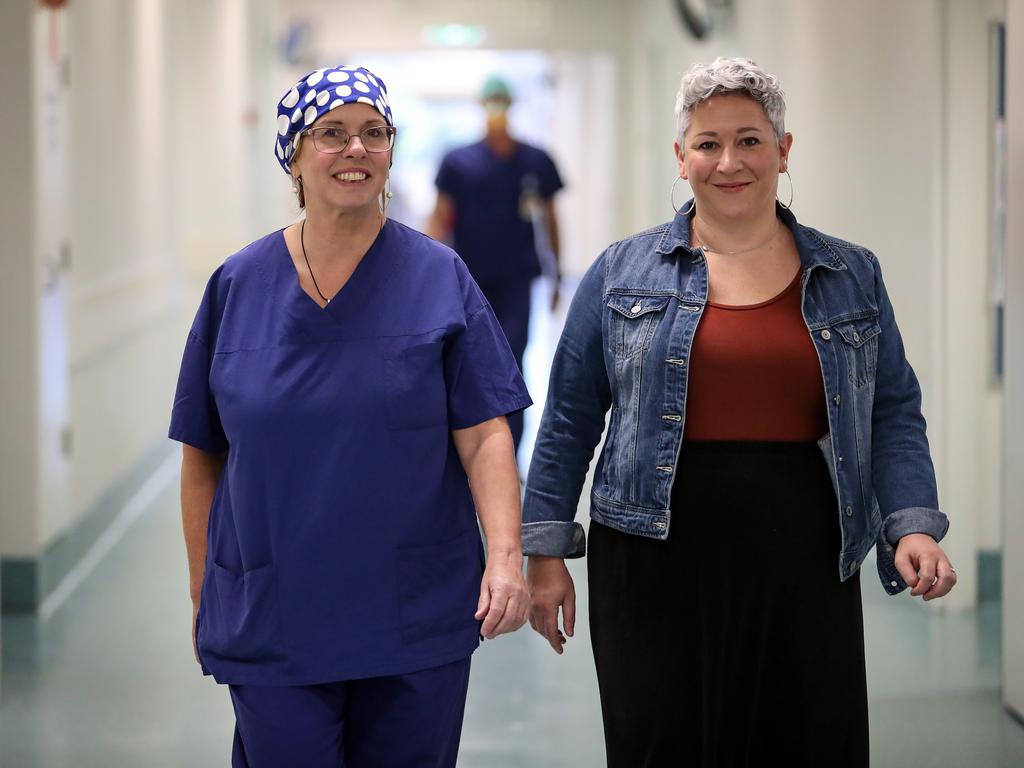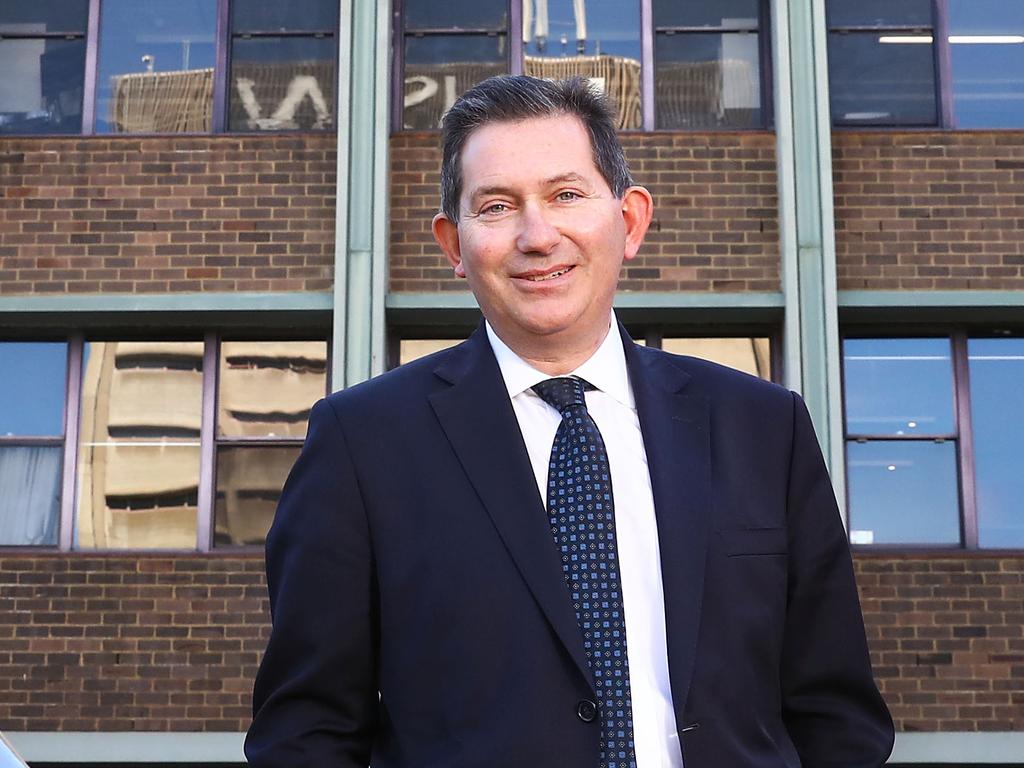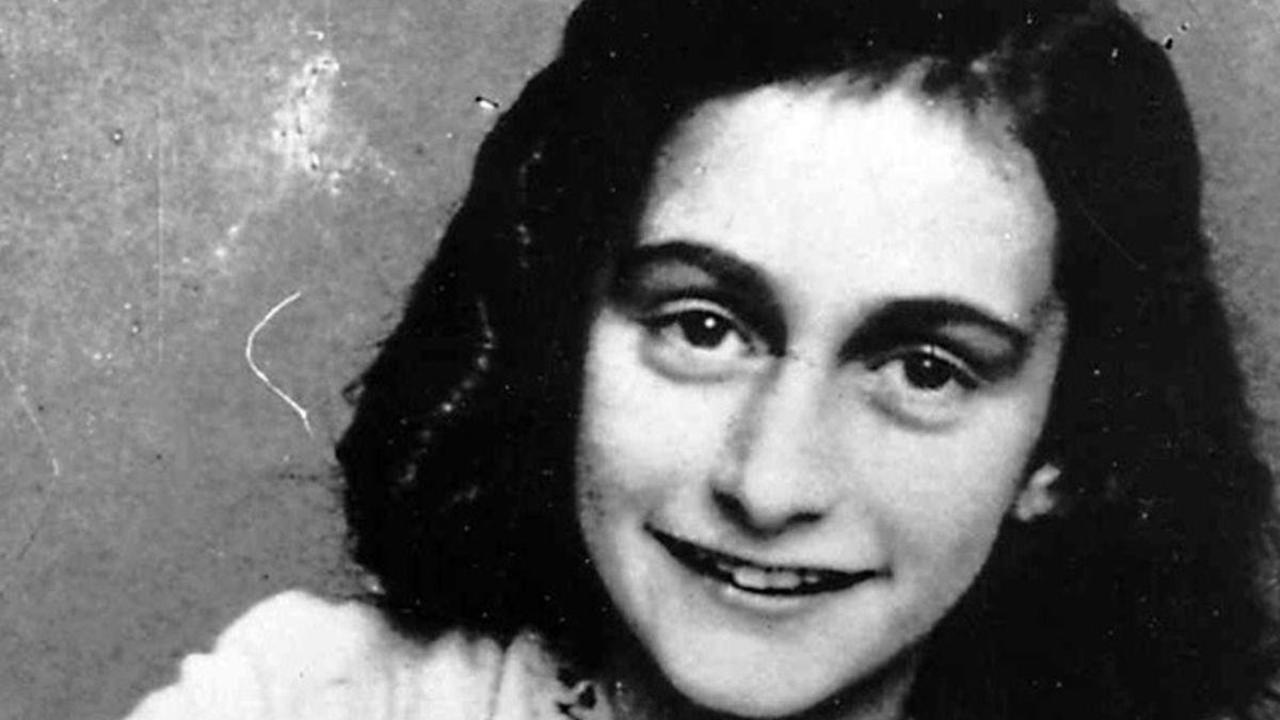Drone cameras trained to spot cancerous cells
Cameras developed in military drones used to spot telltale signs of cancer - by seeing in a way not possible for the human eye.

Once, this technology was used to spot and eliminate malignant terrorist cells. Now it is being adapted to take out a different kind of malignant cell: cancerous ones.
Scientists have shown they can use cameras developed in military drones to spot the telltale signs of cancer - by seeing in a way not possible for the human eye.
A study in the journal Cancer Research provided proof of principle that the cameras, which observe colours in far higher resolution, were able to differentiate between healthy and cancerous cells. The research was targeted at people at risk of oesophageal cancer, but the scientists behind the work said that it could also have other applications, such as helping surgeons ensure they have removed all of a tumour.
Human eyes are sensitive to three colours: red, green and blue. For our cave-dwelling ancestors this was plenty enough to get them through their day - easily distinguishing a tasty apple from, say, a scary snake. But cancer is harder to spot.
“Eyes are not well suited to distinguishing between diseased and healthy tissue,” said Dale Waterhouse, from Cambridge University. “Everything just looks a pinkish red colour.” Within the shades of pinkish red, if we could tell them apart, lie all manner of differences. All these differences sum together - and it is those he thought multispectral imaging could spot.
Instead of looking at three colours, multispectral cameras divide the spectrum into many dozens. In recent years such cameras have been miniaturised and commercialised in part thanks to their use in drones - where they can pick up on camouflaged objects, land-use changes or recent land disturbances from things such as buried mines.
Waterhouse and his colleagues attached such a camera to an endoscope and then used it in people with Barrett’s oesophagus - a condition that puts people at risk of cancer, meaning they need regular check-ups - and trained the camera to tell diseased and healthy tissue apart.
Waterhouse said the work suggested the cameras gave ten times or more the contrast from using normal optical ones. If so, the applications are obvious, from spotting bowel cancer to acting as an assistance during operations.
“You could use multispectral imaging to look at the tissue during surgery, to outline tumours and then, once surgery is complete, look at the site and see if there’s any remaining,” he said.
The Times







To join the conversation, please log in. Don't have an account? Register
Join the conversation, you are commenting as Logout